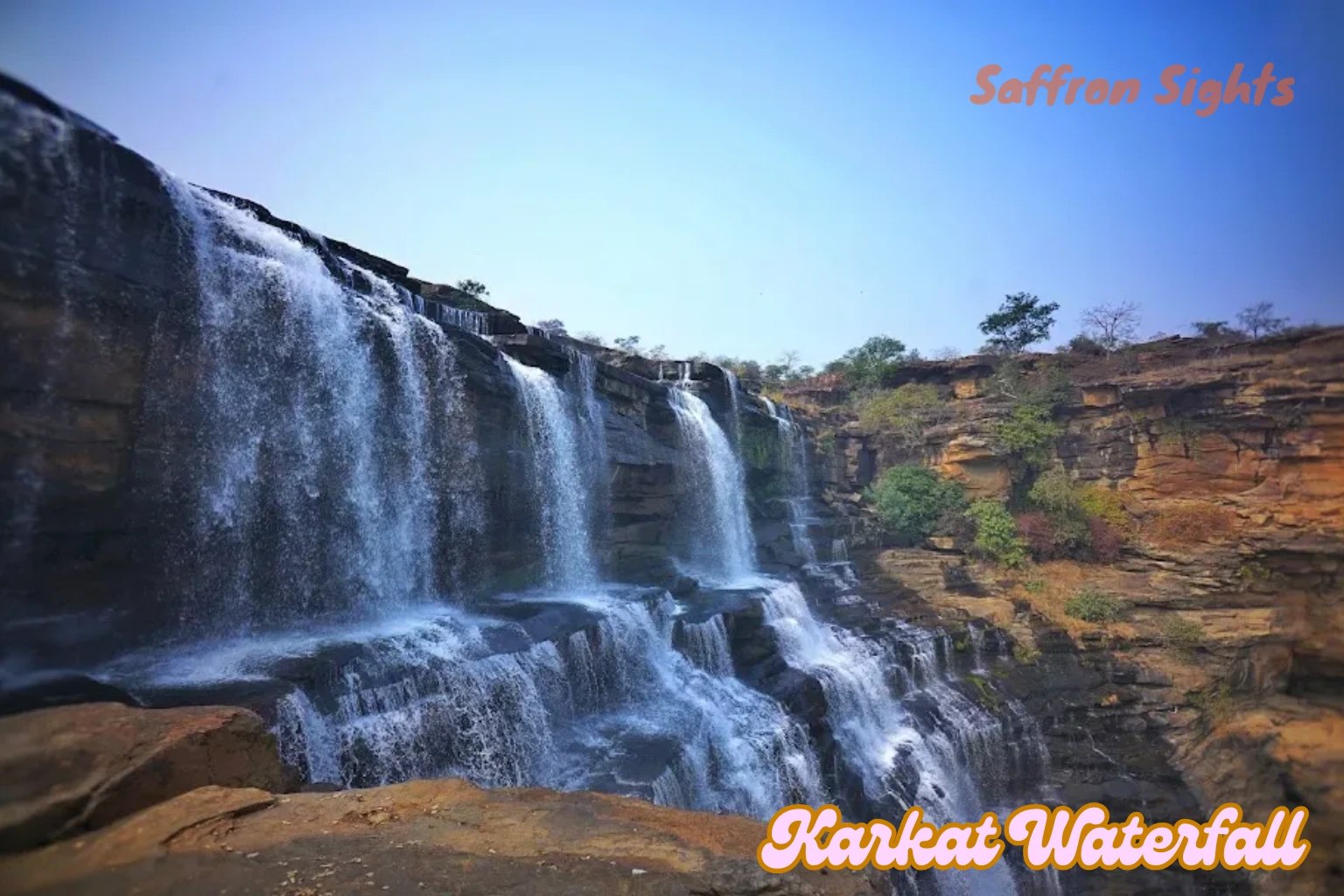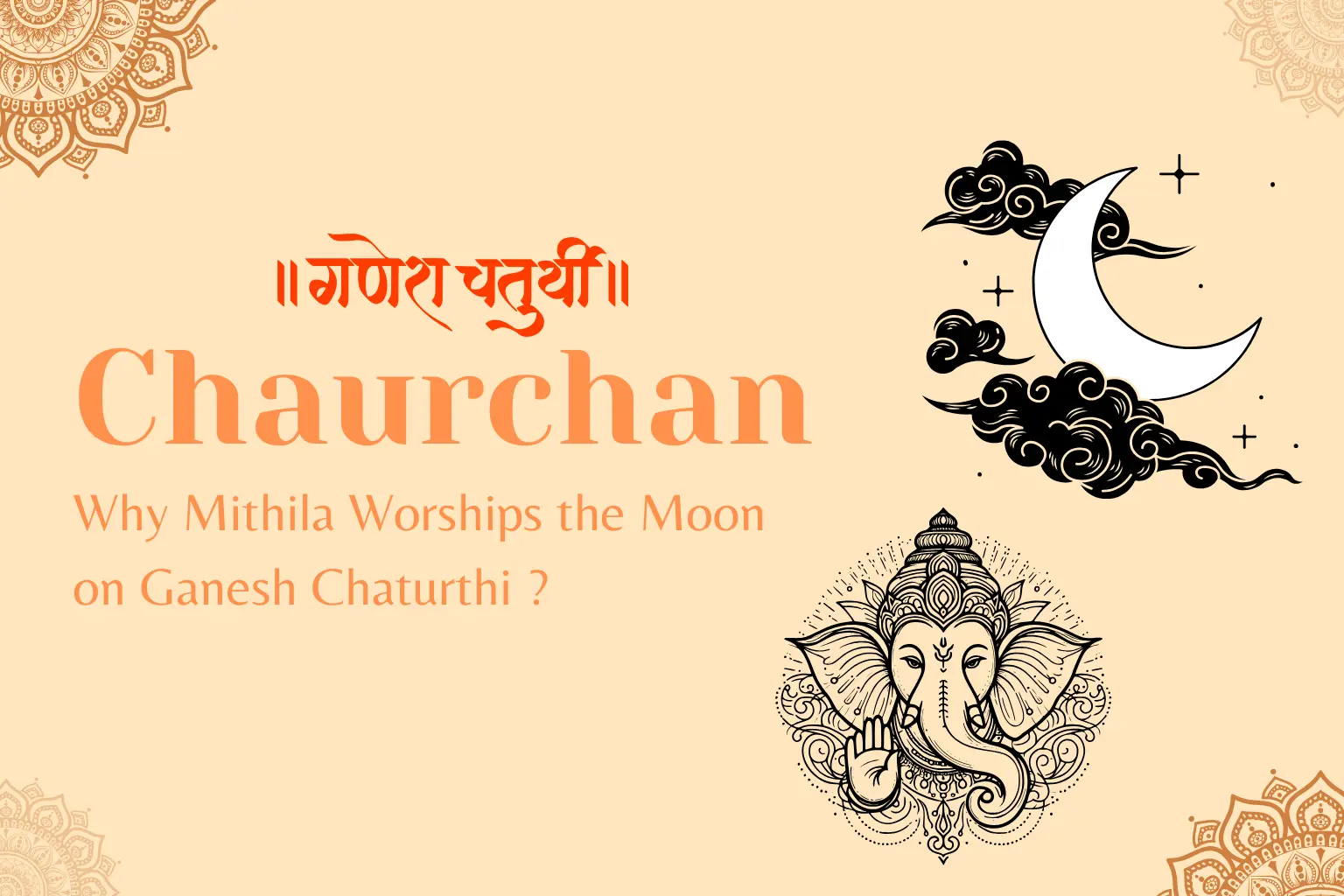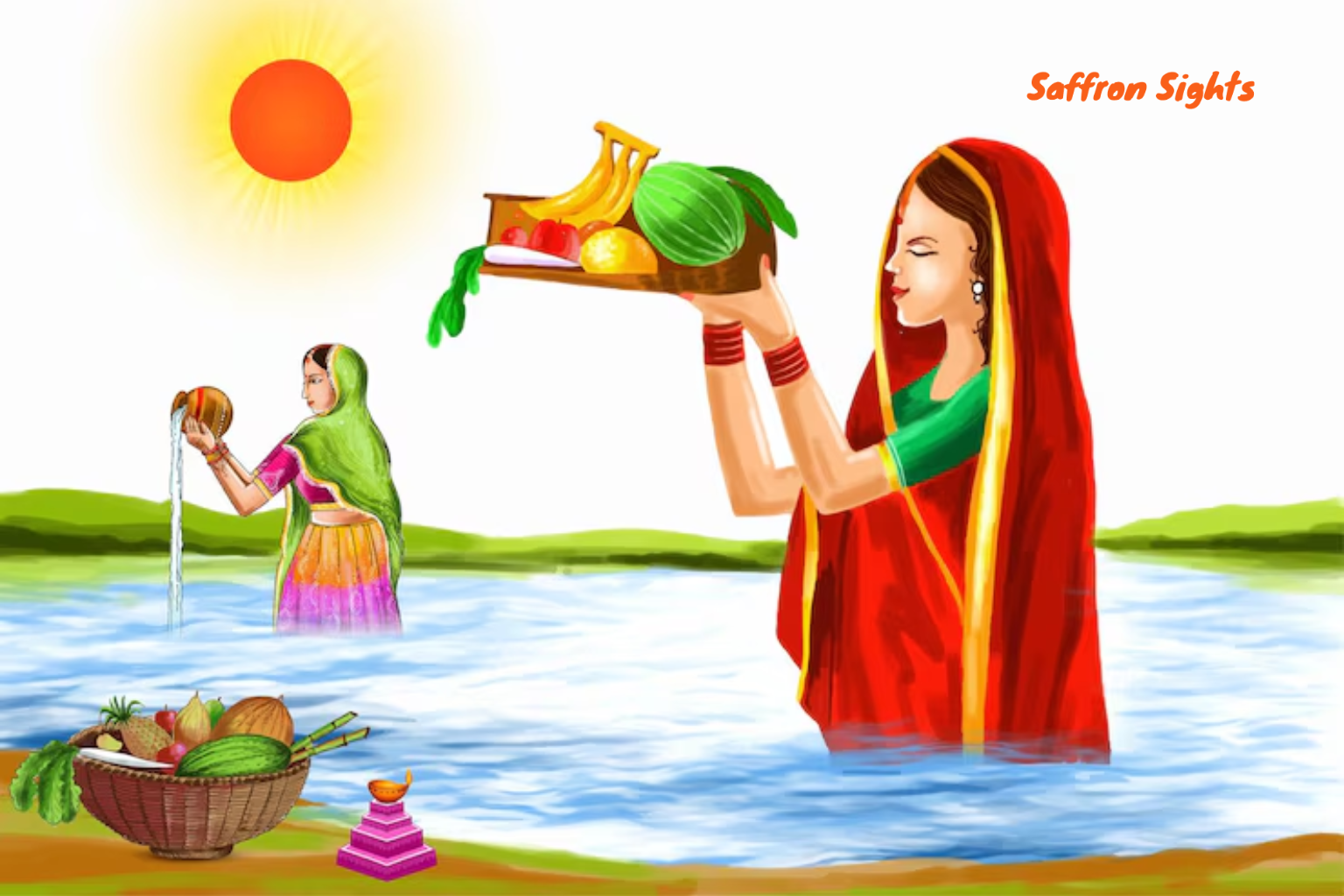| Karkat Waterfall | |
|---|---|
| Natural habitat and eco-tourism spot in Bihar, India | |
| Location | Kaimur Range, Bihar, India |
| Height and Width | 100 ft high and 300 ft wide |
| Water Source | Karmanasa River |
| Fauna | Natural habitat for crocodiles |
| Conservation Efforts | Developing into a crocodile conservation reserve by the Government of Bihar |
| Historical Significance | Hunting place for Mughal rulers and British officials; British constructed dak bungalow for waterfall view |
| Tourist Attraction | Known for its stunning views, rich biodiversity, and opportunities for trekking, bird watching, and photography. The area also features a crocodile conservation reserve. |
| Cultural Significance | Historically served as a crocodile hunting ground for Mughal rulers and British officials, with remnants of a dak bungalow offering a glimpse into the past. |
| Best Time to Visit | October to March, when the weather is pleasant and the waterfall is at its most vibrant, especially after the monsoon season. |
Karkat Waterfall, a spectacular cascade nestled within the serene Kaimur Wildlife Sanctuary in Bihar, is a natural marvel that enchants visitors with its breathtaking beauty and rich biodiversity. Known for its dramatic views and tranquil surroundings, this hidden gem offers a perfect retreat for those seeking both adventure and serenity.
A Natural Wonder
Karkat Waterfall stands as one of the sanctuary’s crowning jewels, tumbling gracefully from the Karmanasa River. With a height of approximately 100 feet and a width of 300 feet, it creates a stunning display as the water cascades over rugged cliffs, surrounded by lush green foliage and vibrant wildlife. The area is a haven for nature enthusiasts, providing a glimpse into the rich ecosystems that thrive within the sanctuary.
Adventure Awaits
Trekking and Hiking: Embark on a journey through the Kaimur Wildlife Sanctuary’s scenic trails to reach Karkat Waterfall. The trek offers panoramic views and opportunities to spot diverse wildlife, including deer, leopards, and various bird species.
Bird Watching: With over 70 resident bird species, the sanctuary is a birdwatcher’s paradise. Observe majestic species such as the greater spotted eagle and colorful kingfishers in their natural habitat.
Photography: Capture the mesmerizing beauty of Karkat Waterfall and its surroundings. The interplay of cascading water and vibrant flora provides perfect conditions for stunning photographs, especially during sunrise and sunset.
Crocodile Conservation: The waterfall is part of a crocodile conservation initiative, offering visitors a chance to learn about these fascinating reptiles and their habitats. This aspect of the visit highlights the importance of wildlife conservation and provides an educational experience.
Cultural Significance
Karkat Waterfall is steeped in history, having once served as a crocodile hunting ground for Mughal rulers and British officials. Visitors can explore the remnants of a dak bungalow built by the British, which offers a glimpse into the region’s colonial past. Engaging with local communities and learning about their traditions adds cultural depth to your visit.
Accessibility and Best Time to Visit
Karkat Waterfall is conveniently located about 110 kilometers from Patna and is easily accessible by road. The nearest railway station is Bhabua, situated just 17.9 kilometers away. The best time to visit is from October to March when the weather is pleasant and the waterfall is at its most vibrant, particularly after the monsoon season.
Why Visit Karkat Waterfall?
A visit to Karkat Waterfall promises a fulfilling and invigorating experience. The blend of stunning natural beauty, diverse recreational activities, and rich cultural heritage makes it a worthwhile destination for all types of travelers. Whether you are in search of adventure, relaxation, or a deeper connection with nature, Karkat Waterfall offers a unique escape that will leave you inspired and rejuvenated.
In conclusion, Karkat Waterfall is more than just a natural cascade; it is a celebration of nature’s splendor and an invitation to explore the wonders of Kaimur Wildlife Sanctuary. Plan your visit today and immerse yourself in the magic of this remarkable destination, where both adventure and tranquility await!
Frequently Asked Questions
How can I reach Karkat Waterfall?
Karkat Waterfall is located about 110 kilometers from Patna and can be reached by road. The nearest railway station is Bhabua, approximately 17.9 kilometers away.
What is the best time to visit Karkat Waterfall?
The ideal time to visit is from October to March, when the weather is pleasant and the waterfall is at its most vibrant, especially following the monsoon season.
What activities can I enjoy at Karkat Waterfall?
Visitors can enjoy trekking, bird watching, photography, and learn about crocodile conservation efforts. The surrounding area also offers excellent spots for picnicking.
Are there any cultural sites near Karkat Waterfall?
Yes, the area has historical significance with remnants of a dak bungalow built during the British era, and local traditions that add cultural depth to your visit.
What wildlife can I expect to see around Karkat Waterfall?
You may encounter various species, including deer, leopards, and over 70 types of birds, such as the greater spotted eagle and kingfishers.





Leave a Reply